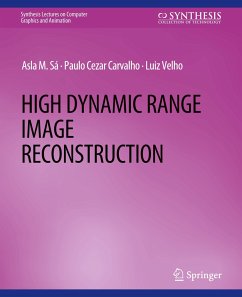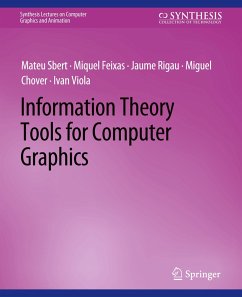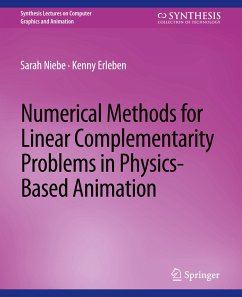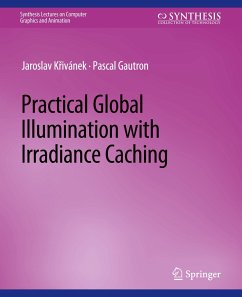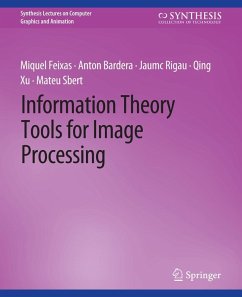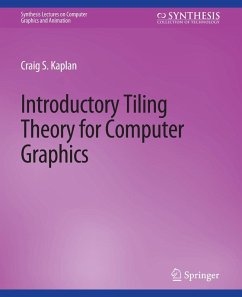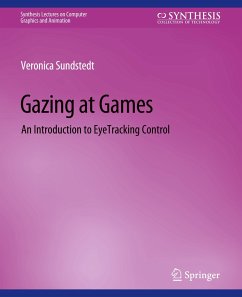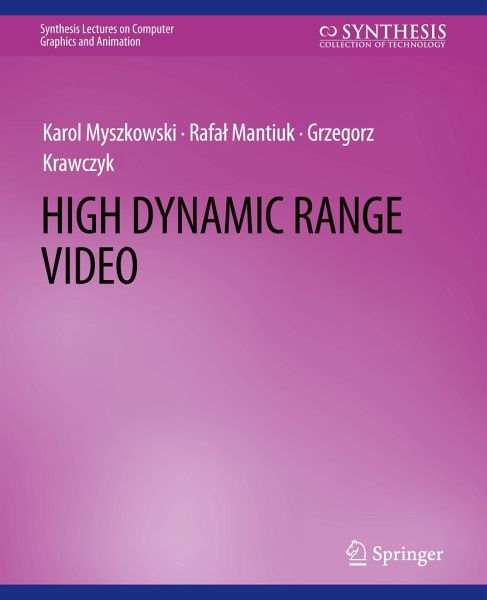
High Dynamic Range Video

PAYBACK Punkte
0 °P sammeln!
As new displays and cameras offer enhanced color capabilities, there is a need to extend the precision of digital content. High Dynamic Range (HDR) imaging encodes images and video with higher than normal 8 bit-per-color-channel precision, enabling representation of the complete color gamut and the full visible range of luminance.However, to realize transition from the traditional toHDRimaging, it is necessary to develop imaging algorithms that work with the high-precision data. Tomake such algorithms effective and feasible in practice, it is necessary to take advantage of the limitations of t...
As new displays and cameras offer enhanced color capabilities, there is a need to extend the precision of digital content. High Dynamic Range (HDR) imaging encodes images and video with higher than normal 8 bit-per-color-channel precision, enabling representation of the complete color gamut and the full visible range of luminance.However, to realize transition from the traditional toHDRimaging, it is necessary to develop imaging algorithms that work with the high-precision data. Tomake such algorithms effective and feasible in practice, it is necessary to take advantage of the limitations of the human visual system by aligning the data shortcomings to those of the human eye, thus limiting storage and processing precision. Therefore, human visual perception is the key component of the solutions we discuss in this book.This book presents a complete pipeline forHDR image and video processing fromacquisition, through compression and quality evaluation, to display. At the HDR image and video acquisition stage specialized HDR sensors or multi-exposure techniques suitable for traditional cameras are discussed. Then, we present a practical solution for pixel values calibration in terms of photometric or radiometric quantities, which are required in some technically oriented applications. Also, we cover the problem of efficient image and video compression and encoding either for storage or transmission purposes, including the aspect of backward compatibility with existing formats. Finally, we review existing HDR display technologies and the associated problems of image contrast and brightness adjustment. For this purpose tone mapping is employed to accommodate HDR content to LDR devices. Conversely, the so-called inverse tone mapping is required to upgrade LDR content for displaying on HDR devices. We overview HDR-enabled image and video quality metrics, which are needed toverify algorithms at all stages of the pipeline. Additionally, we cover successful examples of the HDR technology applications, in particular, in computer graphics and computer vision.The goal of this book is to present all discussed components of the HDR pipeline with the main focus on video. For some pipeline stages HDR video solutions are either not well established or do not exist at all, in which case we describe techniques for single HDR images. In such cases we attempt to select the techniques, which can be extended into temporal domain. Whenever needed, relevant background information on human perception is given, which enables better understanding of the design choices behind the discussed algorithms and HDR equipment.Table of Contents: Introduction / Representation of an HDR Image / HDR Image and Video Acquisition / HDR Image Quality / HDR Image, Video, and Texture Compression / Tone Reproduction / HDR Display Devices / LDR2HDR: Recovering Dynamic Range in Legacy Content / HDRI in Computer Graphics / Software



